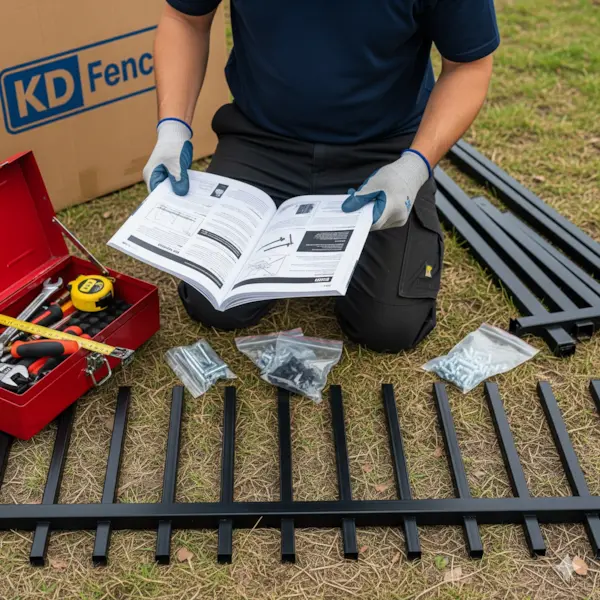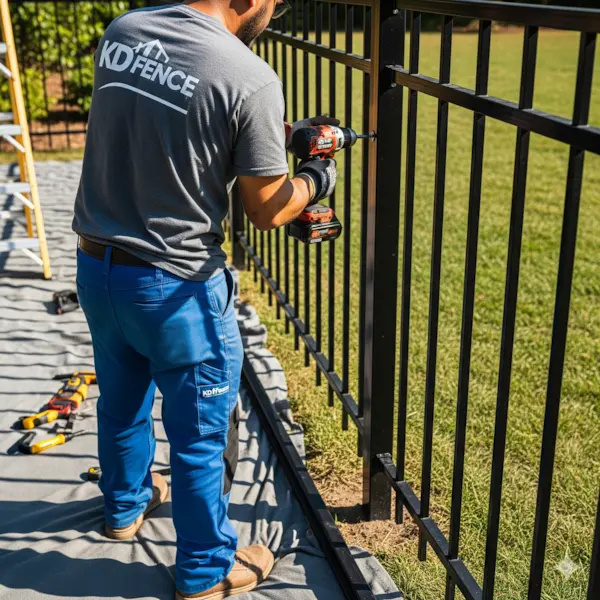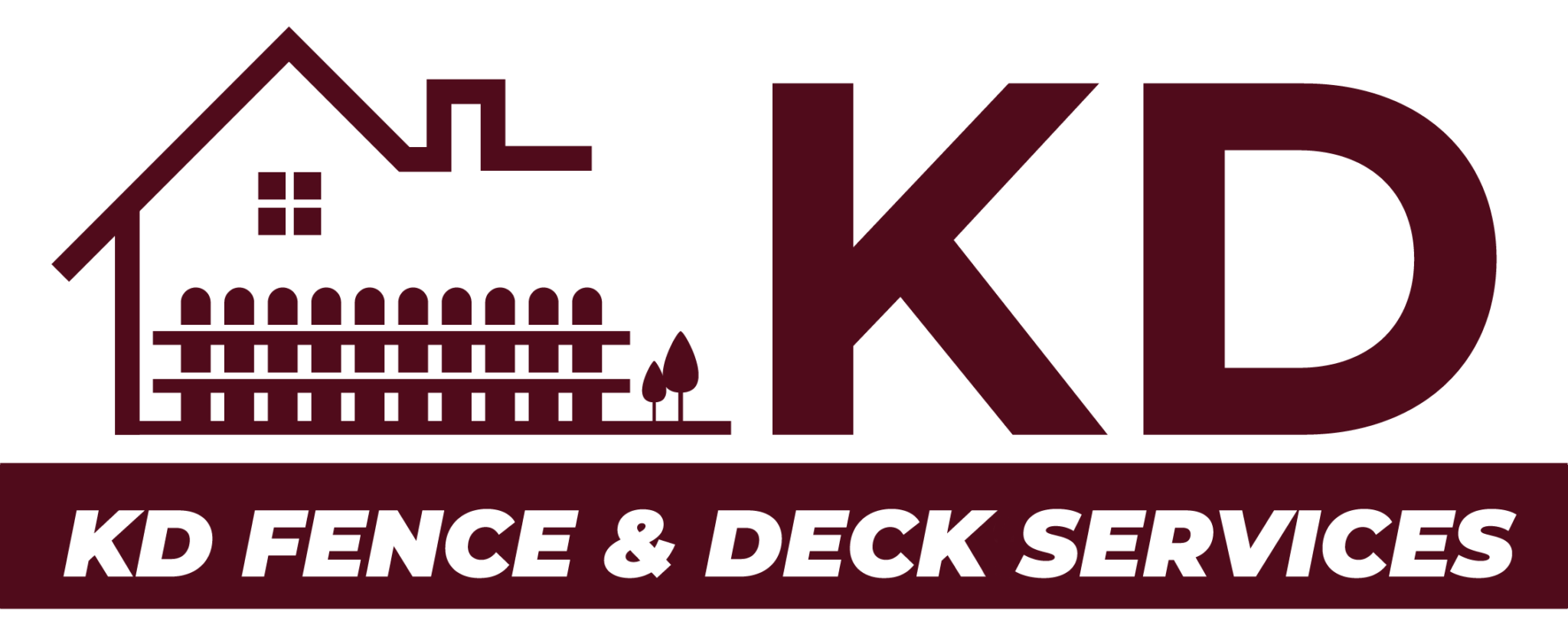Putting up a fence can make your home look better, help keep it safe, and show where your yard ends. Out of all the fence types, aluminum fence installation is a favorite for many people. Why? Because it looks great, lasts a long time, and doesn’t need much care. But here’s the big question: should you do it yourself, or hire someone to do it?
In this guide, we’ll explain the good and bad sides of both choices. We’ll also show you the steps involved and help you decide what’s best for your home. Plus, you’ll learn about important parts of aluminum fencing systems like fence brackets, aluminum panels, and the value of a tough powder-coated finish.
Why Choose Aluminum Fencing?
Aluminum fences give you both beauty and strength. They look like fancy iron fences but don’t rust or wear out as fast. They can handle bad weather and fit almost any yard.
Key Benefits of Aluminum Fencing:
| Feature | Benefit |
|---|---|
| Durability | Resists rust, corrosion, and weather damage. |
| Aesthetic Variety | Comes in many styles, heights, and colors. |
| Easy Maintenance | Only needs a quick cleaning now and then. |
| Security | Strong enough to keep people out, but still lets you see through. |
| Environmentally Friendly | Often made with recycled materials. |
DIY Aluminum Fence Installation

If you like using tools and working on projects during the weekend, doing your own aluminum fence installation might sound fun. The good news is many aluminum fencing systems are made for people to install themselves.
Tools Needed for DIY Installation:
- Post hole digger or auger
- Level and tape measure
- Concrete mix
- Drill with screwdriver bits
- Rubber mallet
- String line for layout
Steps to Install Aluminum Fencing Yourself:
- Check Regulations: Before starting, check your town’s building rules.
- Measure and Plan: Use string to show where the fence will go. Follow the kit’s spacing rules, which usually means posts go every 6 feet.
- Dig and Set Posts: Make holes about 2 feet deep using a post hole digger. Pour in concrete and place the posts, making sure they’re straight.
- Attach Fence Panels: After the posts are in place, attach aluminum panels using fence brackets. Use your level to make sure they’re straight.
- Secure the Gate: Put in the gate with the hardware that came with it. Make sure it swings and closes properly.
Pros of DIY Installation:
- Costs less
- Feels rewarding
- You can take your time
Cons of DIY Installation:
- Takes a lot of time
- It’s hard physical work
- Mistakes can cost more to fix
Professional Aluminum Fence Installation

If you hire someone to do the job, they’ll bring skill and speed. A professional will make sure your fence looks great, is strong, and follows the local laws.
What Professionals Bring to the Table:
- They know the spacing rules and where your property ends
- They’ve worked with aluminum fencing systems before
- They use strong tools
- They can solve surprise problems fast
Average Cost of Professional Installation:
| Fence Length | DIY Cost (Materials Only) | Professional Installation (Labor + Materials) |
|---|---|---|
| 100 feet | $1,200–$1,800 | $2,500–$4,000 |
| 200 feet | $2,400–$3,600 | $5,000–$7,500 |
| 300 feet | $3,600–$5,400 | $7,500–$10,500 |
Prices can change based on where you live or what style you choose.
Questions to Ask Before Hiring a Professional:
- Are you licensed and insured?
- Can you show me past work or customer reviews?
- Do you handle permits and building codes?
- How long will the job take?
- Do you offer a warranty?
You can check if a contractor is licensed and avoid scams by visiting the Federal Trade Commission’s website for home improvement tips.
Making the Right Choice: DIY vs Professional
Deciding between doing it yourself or hiring a pro depends on your skills, time, money, and how tricky the job is.
DIY is Ideal If:
- You know how to use tools
- Your yard is mostly flat
- It’s a small project, like fencing your garden
Go Pro If:
- You want it to look perfect
- Your yard has hills or odd shapes
- The neighborhood has rules (like from an HOA)
- You want to finish fast and without stress
For example, if your yard is on a hill, you’ll need to tilt or “rack” the aluminum panels so they follow the ground. Professionals know how to do this so your fence stays strong and even.
Don’t Overlook the Details
First-time fence builders often forget the small stuff, like using rust-proof fence brackets or picking a powder-coated finish that matches your house. These little things help your fence last longer and look better.
Also, always call 811 before digging. This free number helps you find underground wires or pipes so you don’t break anything.
When HOA Rules Apply
If you live in a neighborhood with a homeowners association (HOA), you might need their permission before putting up a fence. They may also have rules about the height or color of your fence. You can read more about this in our article: Do You Need HOA Approval for a New Deck or Fence?
Conclusion: What’s Right for You?
Aluminum fence installation is a great way to make your home look nicer and stay safe. If you do it yourself or hire someone depends on what’s most important to you.
If you want to save money, enjoy working on projects, and have the right tools, DIY can be a fun and rewarding option. But if you want the job done fast and perfectly, hiring a professional is probably best.
No matter which you choose, high-quality aluminum fencing systems will last a long time and improve your yard. A well-built fence adds both value and character to your home.
Frequently Asked Questions (FAQ)
Aluminum fence installation has many great advantages. It doesn’t rust and doesn’t need much upkeep. It has a strong powder-coated finish that doesn’t chip or fade like paint. Unlike wood, it won’t rot or need repainting. It also holds up better than vinyl in really hot or cold weather.
Yes, you can install aluminum fencing yourself, especially if your yard is flat and the fence layout is easy. Many aluminum fencing systems include clear instructions and pre-assembled aluminum panels to make it easier. But if your yard is sloped or very large, hiring a professional might give you better results and help make sure the fence meets the rules in your area.
The tools needed for a do-it-yourself fence job include a post hole digger, a level, a tape measure, a drill, a rubber mallet, some concrete mix, and a string line. You’ll also need fence brackets and the right hardware, which usually comes with the aluminum fencing system you buy.
Yes. Most fence kits come with spacing rules that explain how far apart to place posts and aluminum panels. Usually, posts go about 6 feet apart. Getting the spacing right is really important to make sure your fence is strong and meets local building rules.
An aluminum fence installation can last 30 years or even longer with very little work. Its powder-coated finish protects it, so you just need to wash it sometimes with soap and water. You won’t need to stain it, seal it, or treat it for rust like other types of fences.
Ready to install your aluminum fence the right way?
If you decide to do it yourself or hire a pro, KD Fence & Deck is here to help. With over 10 years of experience and ACI-certified experts, we build strong and stylish aluminum fencing systems that are made to last. Get a Free Quote Today! Call +1 (716) 452-9220 or visit kdfencing.com
